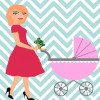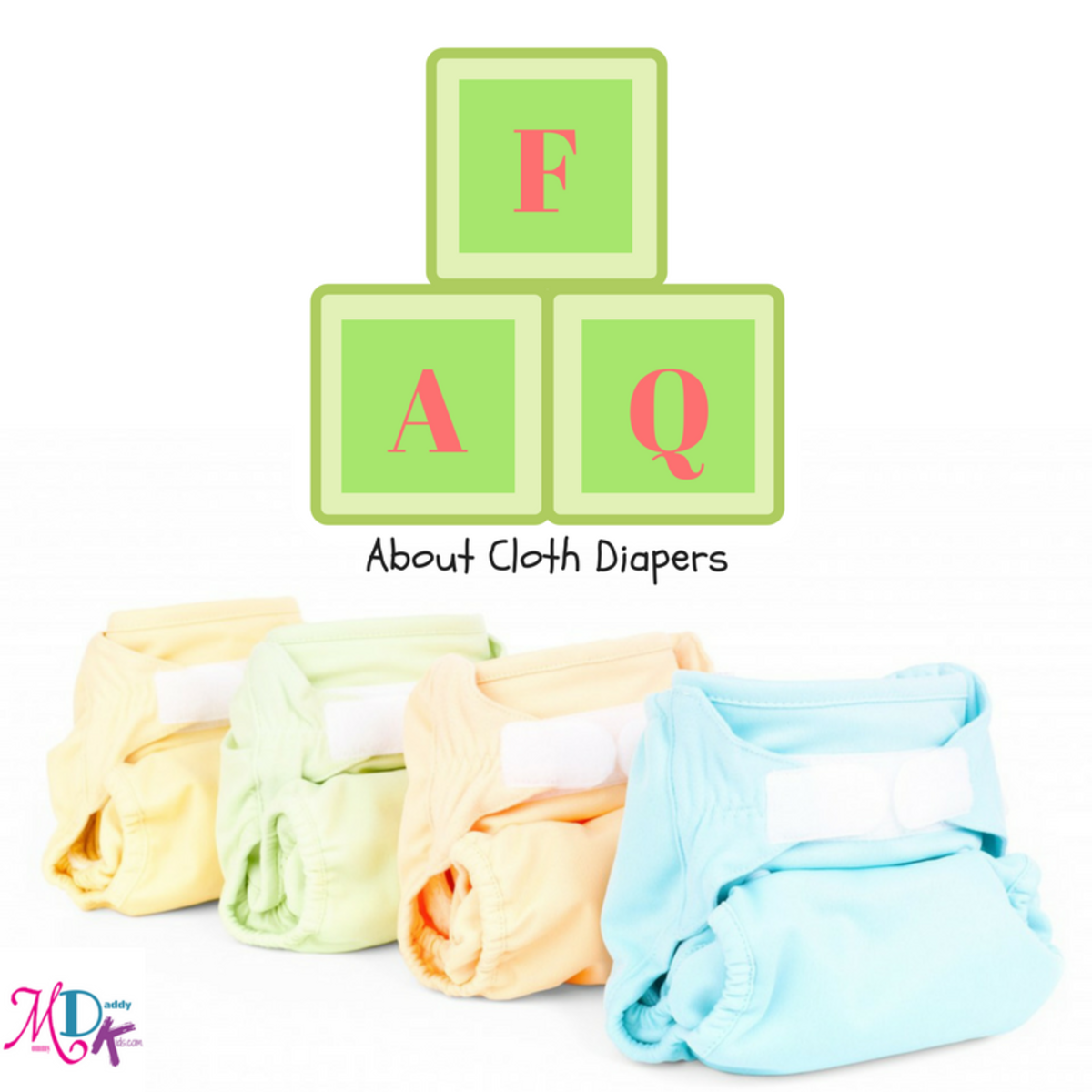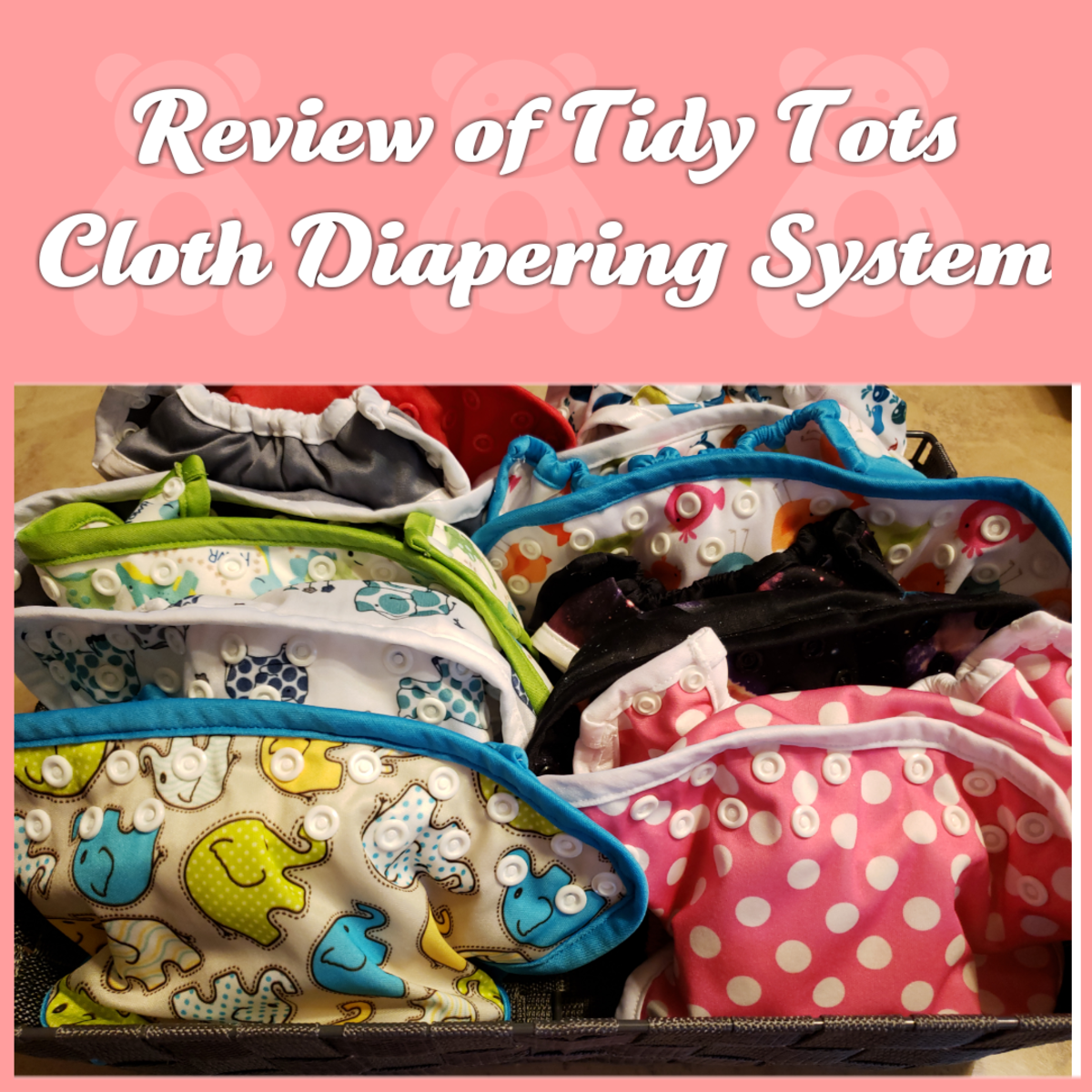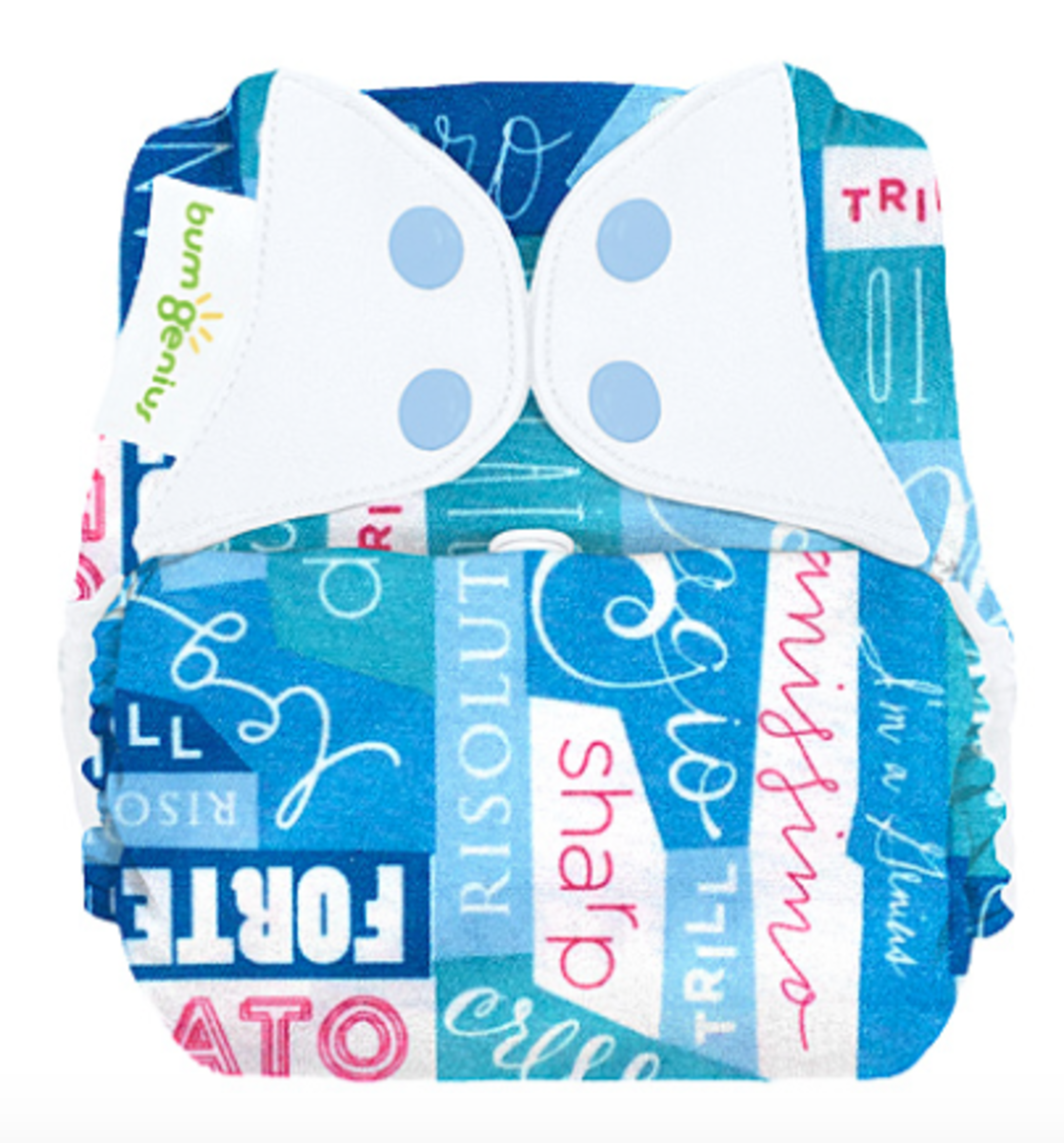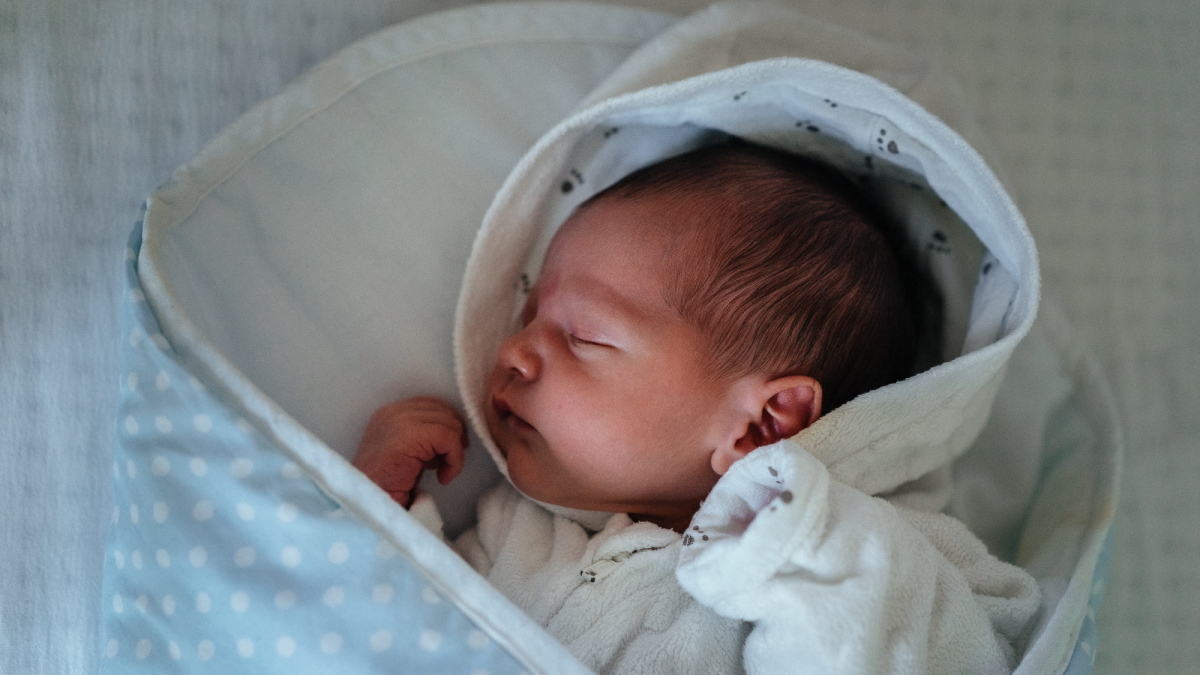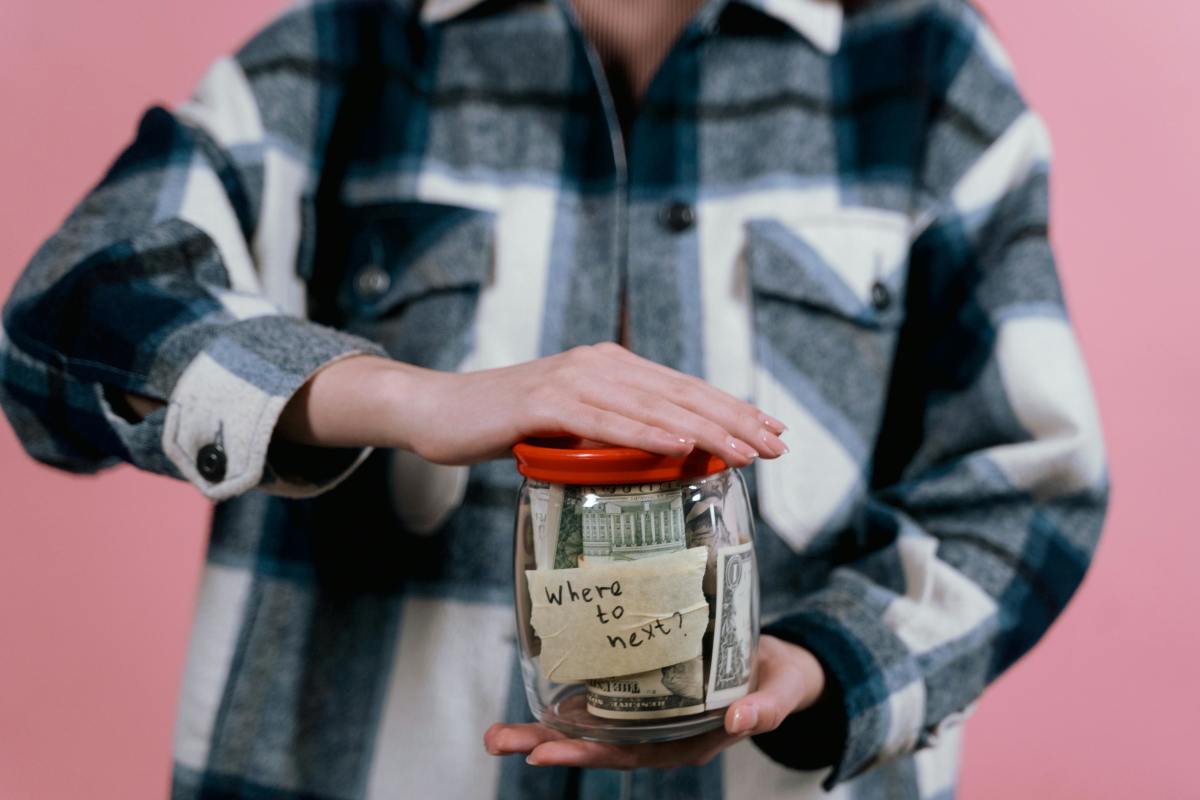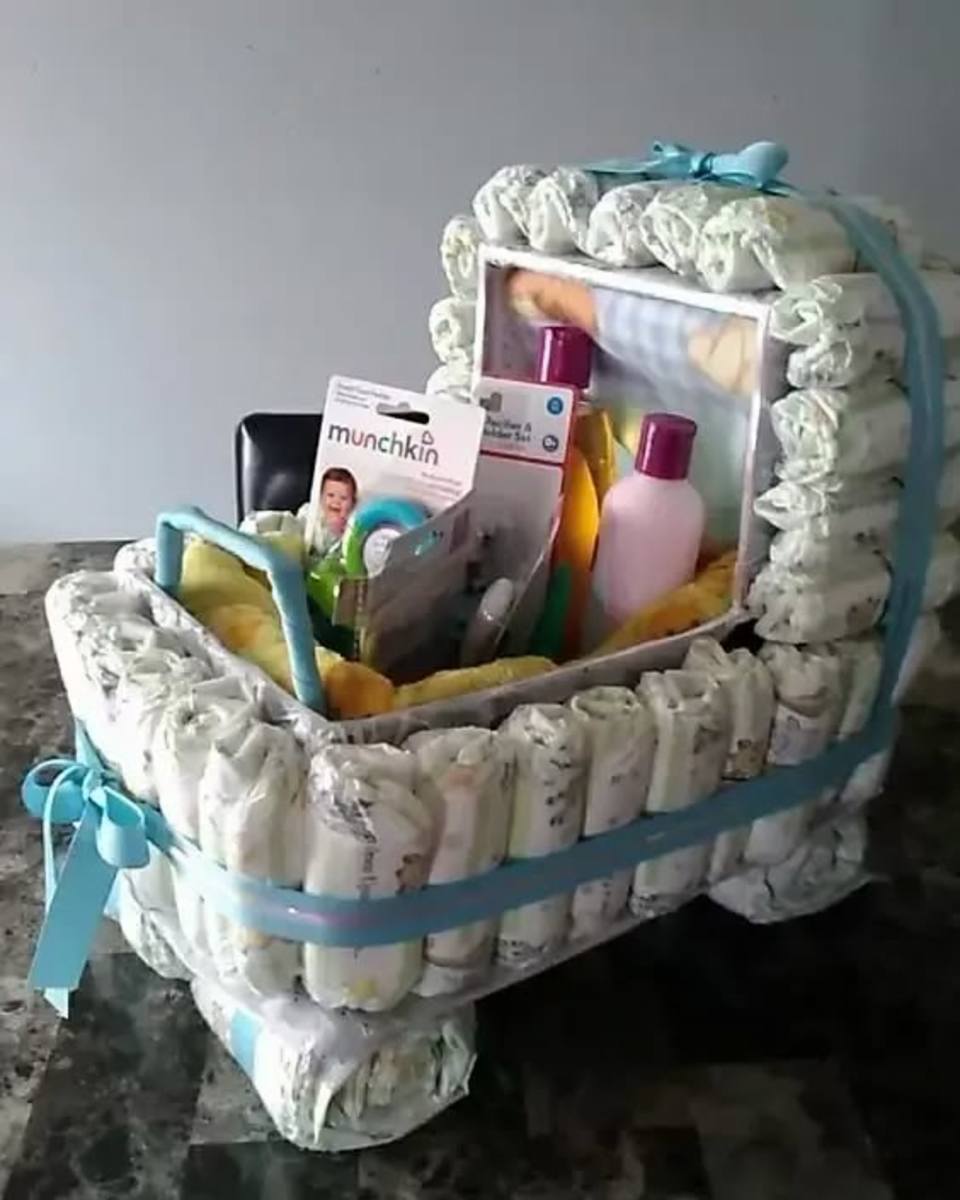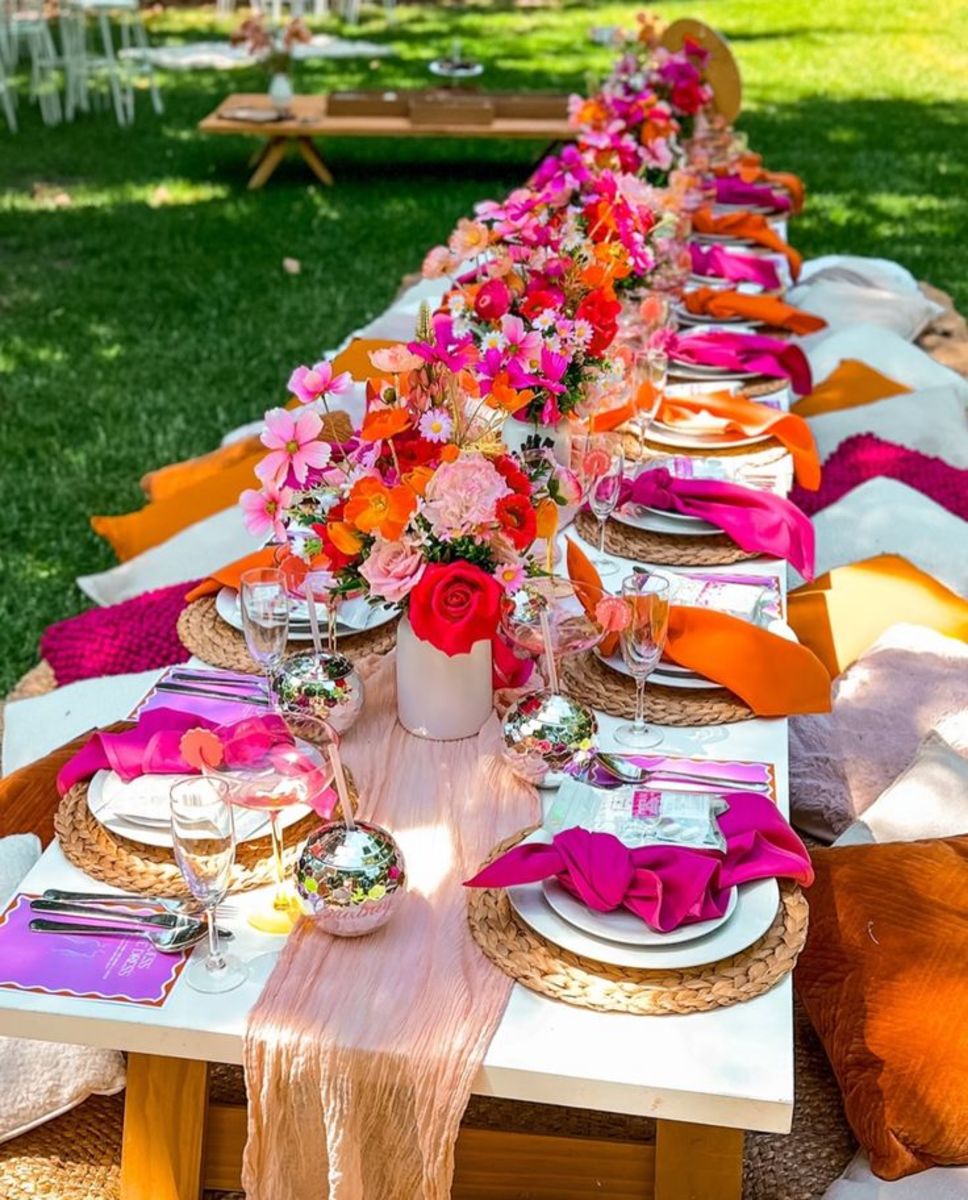10+ Easy Ways to Save the Most Money on Buying Cloth Diapers
How to Buy Your Cloth Diaper Stash for the Least Amount of Money or Free!
There are plenty of articles available to show how cloth diapering can save you lots of money over the course of your diapering span. The savings can be in the thousands and higher if you use the diapers on multiple children. However, buying your initial "diaper stash" can be an expensive endeavor. Most cloth diaper retailers and websites recommend purchasing 20-30 diapers per child for regular use. The initial purchase also comes at a time when you are investing on other big ticket items like cribs, strollers, car seats, etc. This article will focus on several areas to consider in order to get the most bang for your buck and save the most money possible on diapering your little one.
What is Your Favorite Style of Cloth Diaper?
1. Decide on Your Preferred Cloth Diaper System Up-Front
There are nine major categories of cloth diaper styles: All-in-Ones, All-in-Twos, Pockets, Sleeve, Hybrids, Fitted, Pre-folds, Contours, and Flats. Flats are by far the cheapest style of cloth diapering. You can even use cloth around the house in which case, they are free! However, there is folding involved and you need to have a separate cover. All-in-one diapers are very popular since they are easy, but they are often pricier. It is important to decide which type of diaper will work best for your family prior to committing to an entire diaper stash. I strongly recommend you seeing the diaper styles in person prior to making the decision. If you have a cloth diaper support group or store in your area, you can familiarize yourself with the various styles in order to see what you think will work best. If you do not have access to a support group or store locally, there are several cloth diaper websites that offer a return program so you can see the product in your home (often for 30 days) prior to returning them for credit or a refund.
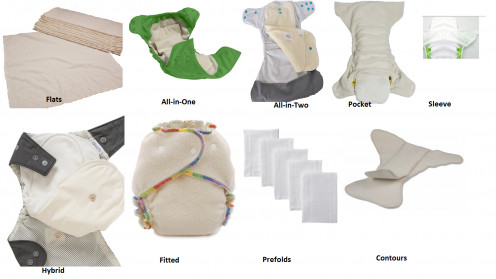
2. Determine Your Preferred Brand Up-Front
Similarly to deciding on your preferred cloth diaper style, it is also important to choose your preferred brand prior to buying your whole stash. Not all cloth diaper brands are created equal! This was a major mistake that I made when I first started to cloth diaper. I found amazing deals on a particular brand of all-in-twos. Very soon after starting to use them, though, I found that I could not stand that type of diaper. It was essentially money down the drain. The brand is a little harder to evaluate upon visual inspection only. I highly recommend trying to borrow different diaper brands from a friend or using several different brands from a store or website that will allow you to return diapers after several weeks. If you are going to buy 20+ diapers, you want to make sure that they are easy to clean, will fit your baby well, and are also easy to store and maintain.
3. Determine If You Are Able to Get Any Supplies for Free from Friends or Stores
Do any of your friends cloth diaper? Do you have any cloth diaper support groups in your area? If so, you may be able to score some cloth diaper supplies for free from them. Also, areas often have thrift shops, swaps, and exchanges designated specially for mommies and children. These are great places to look for cloth diapers. I once scored about 10 gDiapers for free on a table in a mom-to-mom swap. Additionally, if you have the time to put in, you can visit stores or contact online cloth diaper retailers to see if they have any products that they would be willing to give away for free. Sometimes stores have diapers with defects that they cannot sell. Other times they have used diapers for display or trade show purposes and cannot sell them for retail. They may be willing to provide them for free or a reduced price. Lastly, if you are able to write reviews or blog about the products, you may be able to get them for free. Remember, it never hurts to ask!
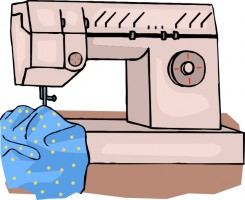
4. Can You Make Any of Your Cloth Diaper Components?
Are you crafty or interested in trying out do-it-yourself projects? If so, you may be able to save money by sewing your own cloth diapers. Often times flats can be sewn by using old cotton or microfiber materials. Fitted covers can be used by repurposing old wool sweaters or fabrics. There are many tutorials and videos available for free on youTube which will walk you step by step in creating these items. If you are committed enough to giving this a try, please consider starting with fabric and materials that you already have on-hand. If you purchase materials and then are not pleased with the result, you have then wasted money that you could have used on purchasing the diaper instead. However, if you are able to sew diapers yourself, you can save a ton of money on your stash!
5. Borrow Diapers from a Group or Friend
If you have friends that cloth diaper, they will be an amazing resource for asking questions, comparing different models, and providing support throughout the process. Even if your friends are not willing to give you their cloth diapers, they may be willing to let you borrow them for a period of time. This works out well if your babies have a variance in age, so there may be a gap between when your friend's child starts potty training and when they have a new baby in diapers. Also, if your friends have any diapers in the newborn style, those are typically only used for the first month or two of diapering each child. I have also known friends that agree to go in on purchasing a lot of cloth diapers together. They then either split up the diapers or stagger their use to meet the age of their children. This works best for quality brands and diapers that are built to withstand many uses and washes.
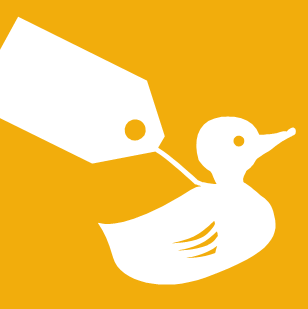
6. Add Cloth Diapers to Your Baby Registry
If you have made the decision to cloth diaper early, you can take advantage of including them on your baby registry. There are several major retailers such as Target, Babies R Us, Buy Buy Baby, and Amazon which sell several models of cloth diapers. You can include the diapers directly on your registry or ask for gift cards in order to purchase them later on. Additionally, many cloth diaper websites offer gift cards and gift certificates for purchase. You can request specific diapers or gift cards to those stores as well.
Make sure to enroll in baby registry reward programs for extra freebies, discounts, and cash back! Find the top Baby Registry Reward Programs here: http://thriftylady.hubpages.com/hub/The-Best-Baby-Registry-Reward-Programs
7. Shop Sales, Promotions, and Clearance Sections for New Cloth Diapers
If you decide to purchase new cloth diapers, there is no need to pay retail. Cloth diaper retailers are often putting their diapers on sale or clearance. Often, when cloth diaper brands discontinue old styles or colors, they will offer discounts and clearance prices. Additionally, if you plan ahead, many of the major cloth diaper retailers have deep discounts on Black Friday. Diapers can be purchased with a discount of 25% or more. This can make a huge difference when buying a big stash. The best bet is to plan ahead to check on a weekly basis until you find a great deal.
Click on the links on this webpage to easily check clearance sections at major retailers: http://thriftylady.hubpages.com/hub/Clearance-Cloth-Diaper-Websites
Check out this website for weekly listing of cloth diaper sales: http://diaperwrecker.com/cloth-diaper-sales/
8. Cloth Diaper Store Reward Programs
If you plan to purchase multiple cloth diapers and/or cloth diaper products (wipes, repair kits, creams, etc), it is a smart idea to look for a retailer with a reward program. Many sites offer points for every dollar that you spend at their site. You can then redeem those points for gift cards or discounts off of future purchases.
Find the 10 best reward programs here: http://thriftylady.hubpages.com/hub/The-Best-Cloth-Diaper-Reward-Programs
9. Online Swap Groups
Online swap groups and cloth diaper Facebook groups are a great way to buy both new and used cloth diapers. Some popular websites for cloth diaper swapping are DiaperSwappers.com and ClothDiaperTrader.com. Find groups on Facebook by searching for "cloth diaper b/s/t" or something similar. "B/S/T" stands for "buy, sell, or trade" and will be found in many of the group names. In addition, there are often local swap groups around big cities that can be found on Facebook.
10. Coupon Codes for Cloth Diapers
If buying your cloth diapers new, I hope that you will consider the tips above on looking for sales and clearance products and enrolling in a reward program. The last tip to consider when purchasing your diapers new is to look for a coupon code prior to placing your order. Popular coupon codes include a percentage off your purchase, free shipping, or a free product with order. Plenty of websites will even offer a free diaper if you order above a certain monetary threshold. Ways to find these coupon codes include:
- Look on major coupon websites such as: RetailMeNot.com, Coupons.com, CouponFollow.com, and more
- Type the specific store name and the word "coupon" into your search engine. For example, in the search bar, I could type "Cloth Diaper Store ABC Coupon Code".
- Look on the website for the cloth diaper store for coupon codes. Some stores have a special link for "promotions" or "coupons".
- Email the cloth diaper store and ask if they have any current promo codes.
- Check the Facebook page and Twitter accounts for the websites you are considering ordering from to see if they have any current coupons.
11. Buy Used Cloth Diapers Smartly
It is often suggested to purchase used cloth diapers in order to save money. If the diapers have been cared for properly and have been properly sanitized, this can be a perfectly good option. However, it is also a possibility to purchase diapers that have been made poorly, improperly maintained, or sold by a disreputable person. This can end up costing you money instead of saving you money. Here are some tips to consider when purchasing diapers used:
- Purchase from a reputable retailer. Several cloth diaper websites have sections for used cloth diapers that have been returned to them or that they have bought back and restored. This is the best place to purchase a used diaper.
- Check for photos. Always make sure that you can see photos of the diapers to make sure that you can see any stains, holes, and cracks.
- Evaluate the condition of the PUL, closures (snaps or elastic), lining, and inserts. The PUL (polyurethane laminate) is the shiny material that makes a diaper or diaper cover waterproof. This material can wear down or crack over time which will cause the diaper to leak. Check to make sure that the closures, either snaps, or elastic, are still able to properly function in closing the diaper. Also, check to see if the lining is worn down or stained.
- Ask how the diapers have been laundered. You will want to make sure that the diapers were washed with cloth diaper safe brands. Otherwise the absorbent part of the diaper may be worn down and not hold liquid as well.
- Check to see that only cloth diaper safe diaper creams were used. If creams and lotions were used in the bottom area that are not safe for cloth diapers, then they may not have washed out properly, causing certain spots on the diaper to not be as absorbent.
- See that the diapers have been sanitized or stripped regularly. This will also affect the cleanliness and absorbency of the diaper.
- Consider the environment that the diapers are coming from. Odors, such as smoke and pet smells, can remain in diaper fabric even after washes.
- If purchasing from a swap or website, make sure that the transaction goes through Paypal or a comparable site that offers buyer protection. There are people that scam diaper buyers and may never ship to you or will misrepresent the diaper's condition. Be sure that you can return the diapers or receive a credit if they do not meet your expectation.
- Check for elastic condition around the leg area and back. If the elastics are stretched out, they could leak out of the edges. Keep in mind, that repair kits are available to refresh elastic. However, that does require extra time and money to be spent to fix up the diaper.
